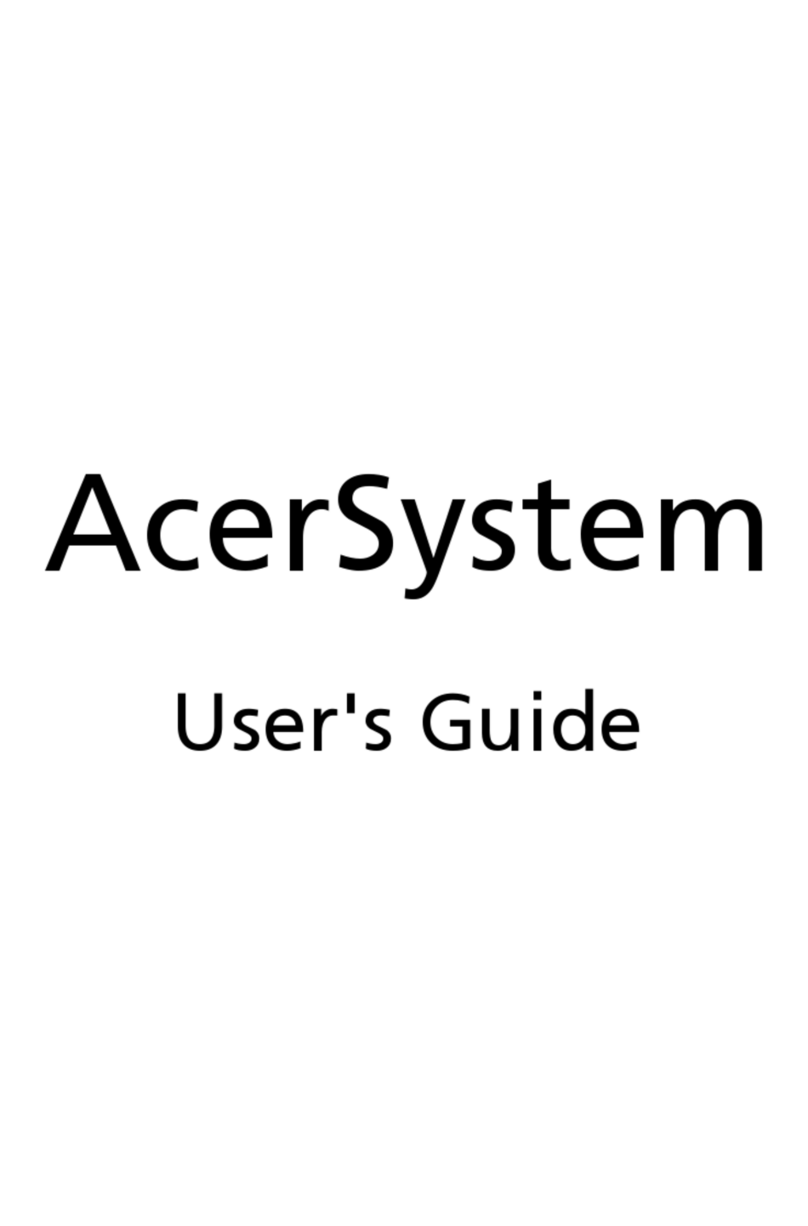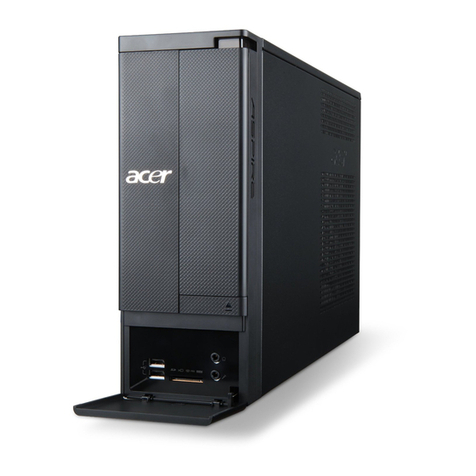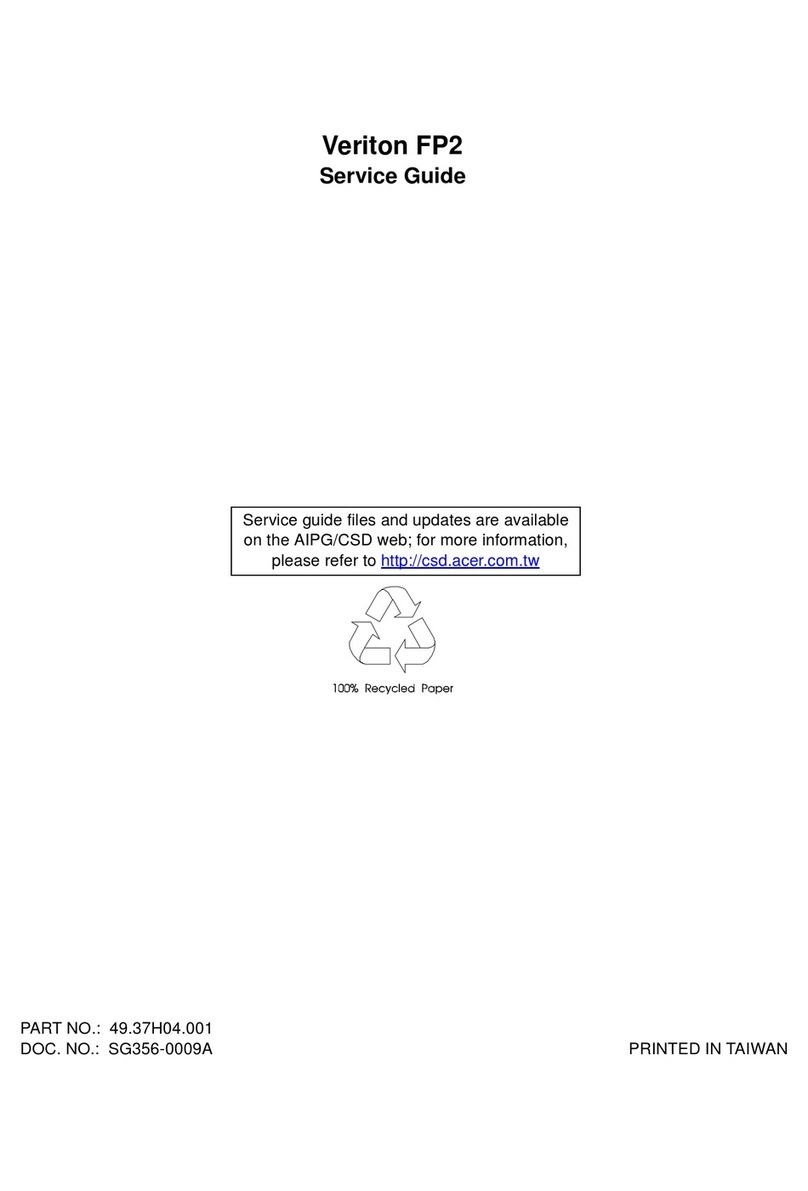Acer Aspire M3470 User manual
Other Acer Desktop manuals
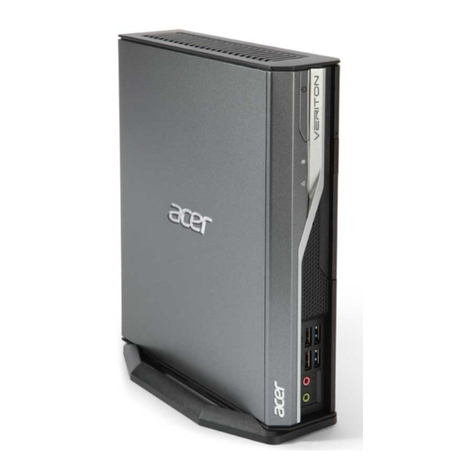
Acer
Acer Veriton 3500G User manual
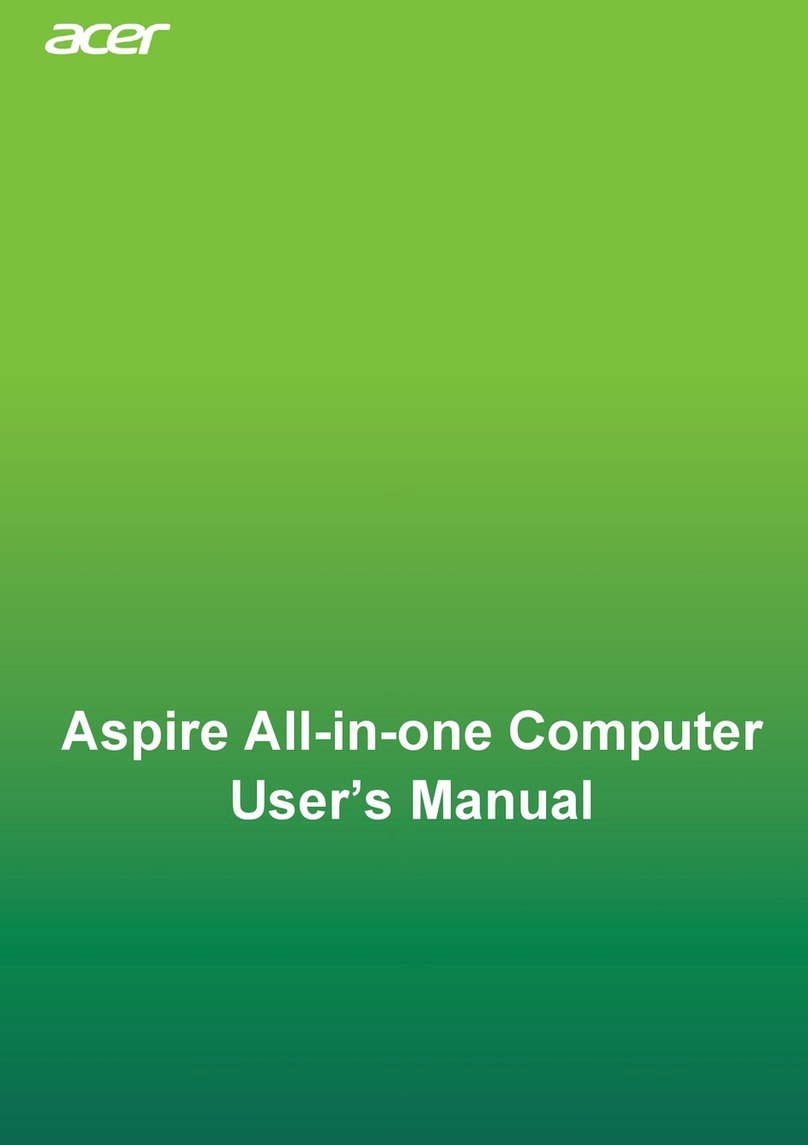
Acer
Acer Aspire Z24-891 User manual
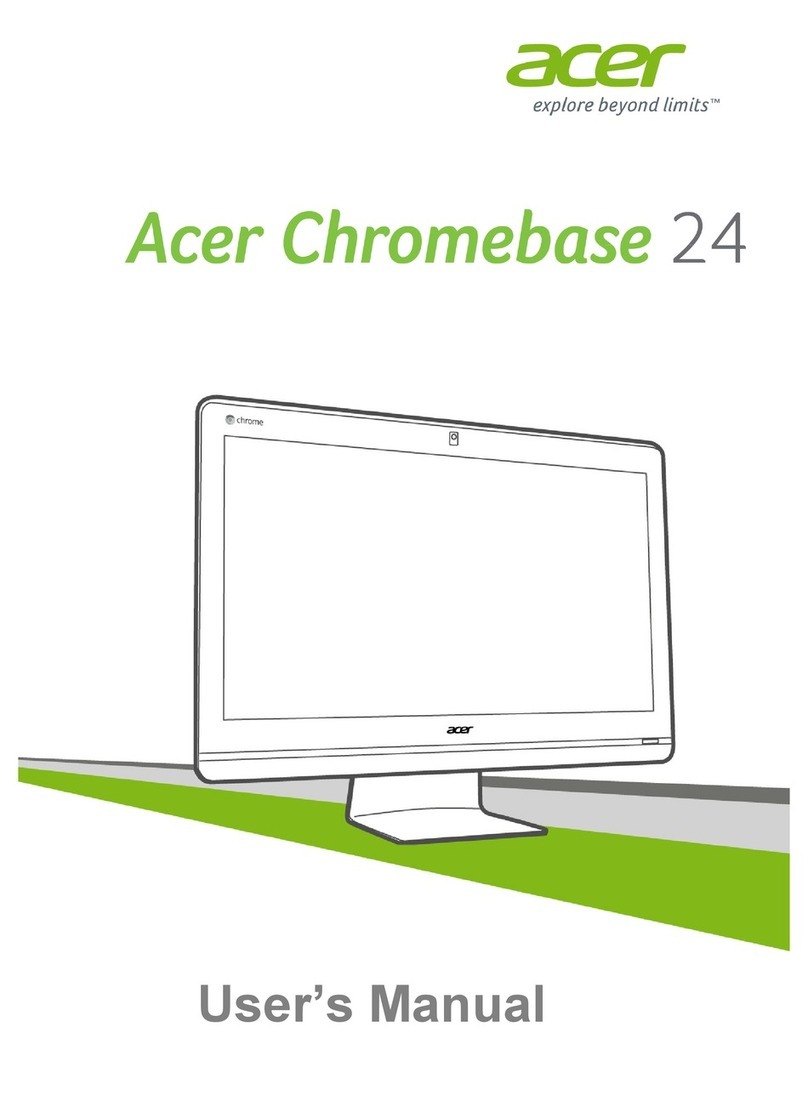
Acer
Acer Chromebase 24 User manual

Acer
Acer Chromebase 24 User manual

Acer
Acer Veriton 3600GT Training manual
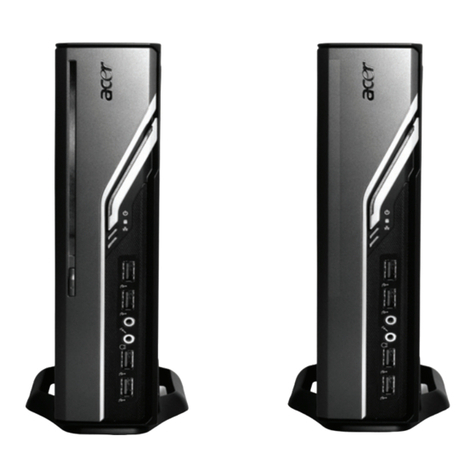
Acer
Acer Ferrari 1000 Series User manual
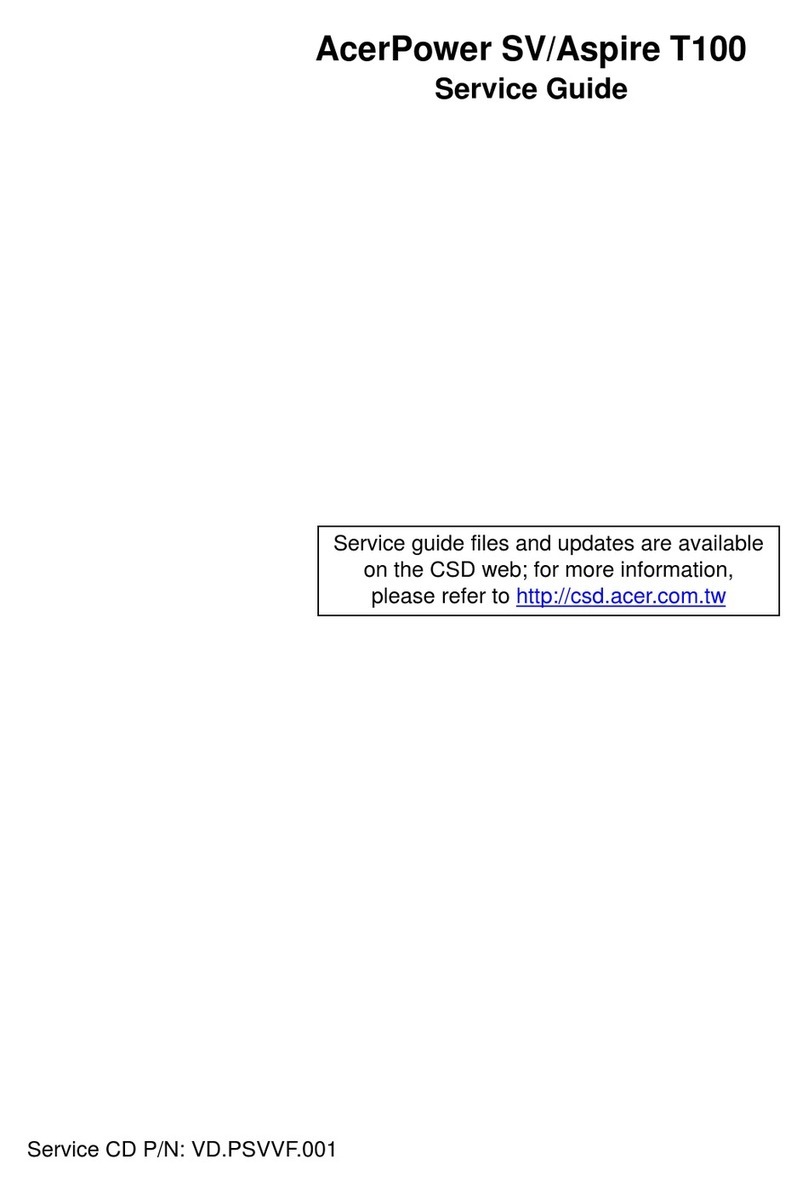
Acer
Acer Aspire T100 User manual

Acer
Acer Veriton 5700G Configuration guide

Acer
Acer AcerPower 4100 Manual
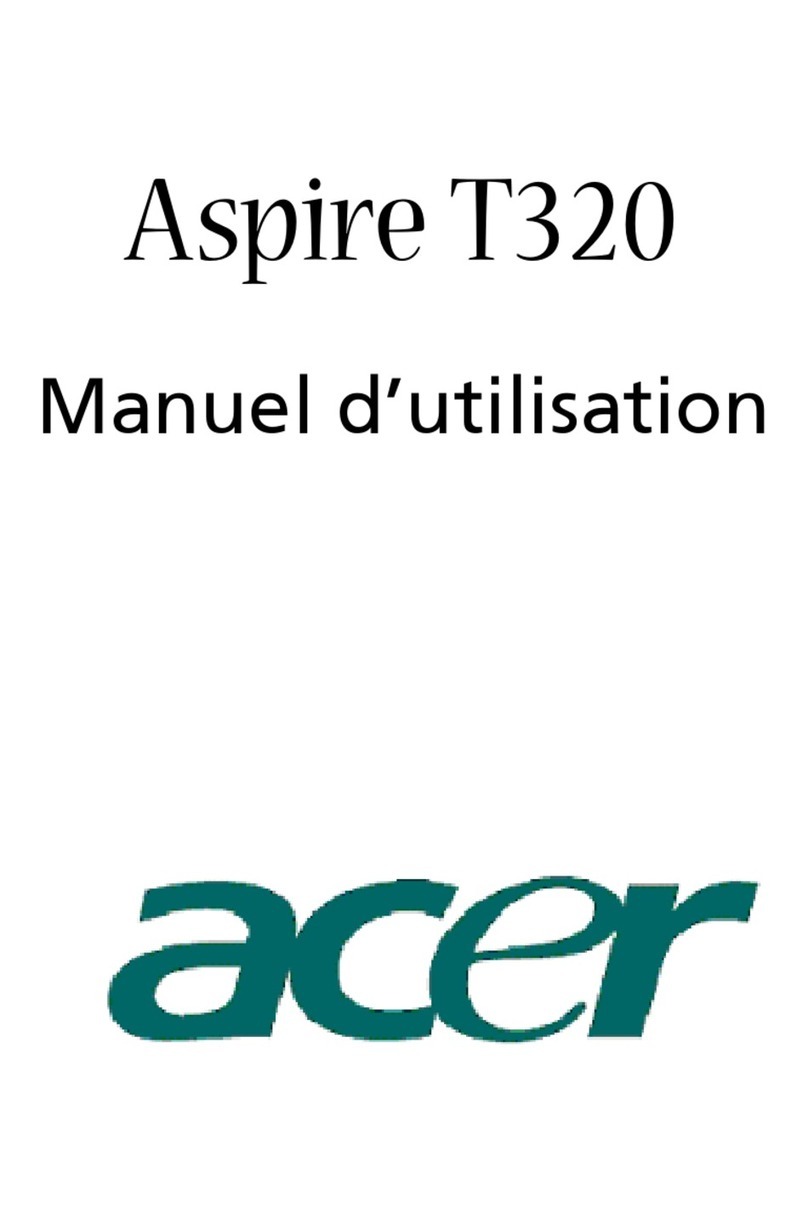
Acer
Acer Aspire T320 Configuration guide
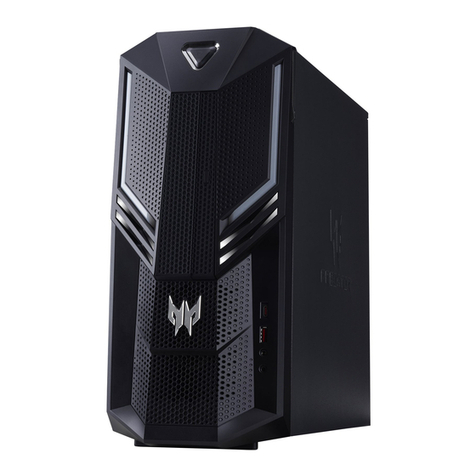
Acer
Acer Predator PO3-600 E User manual
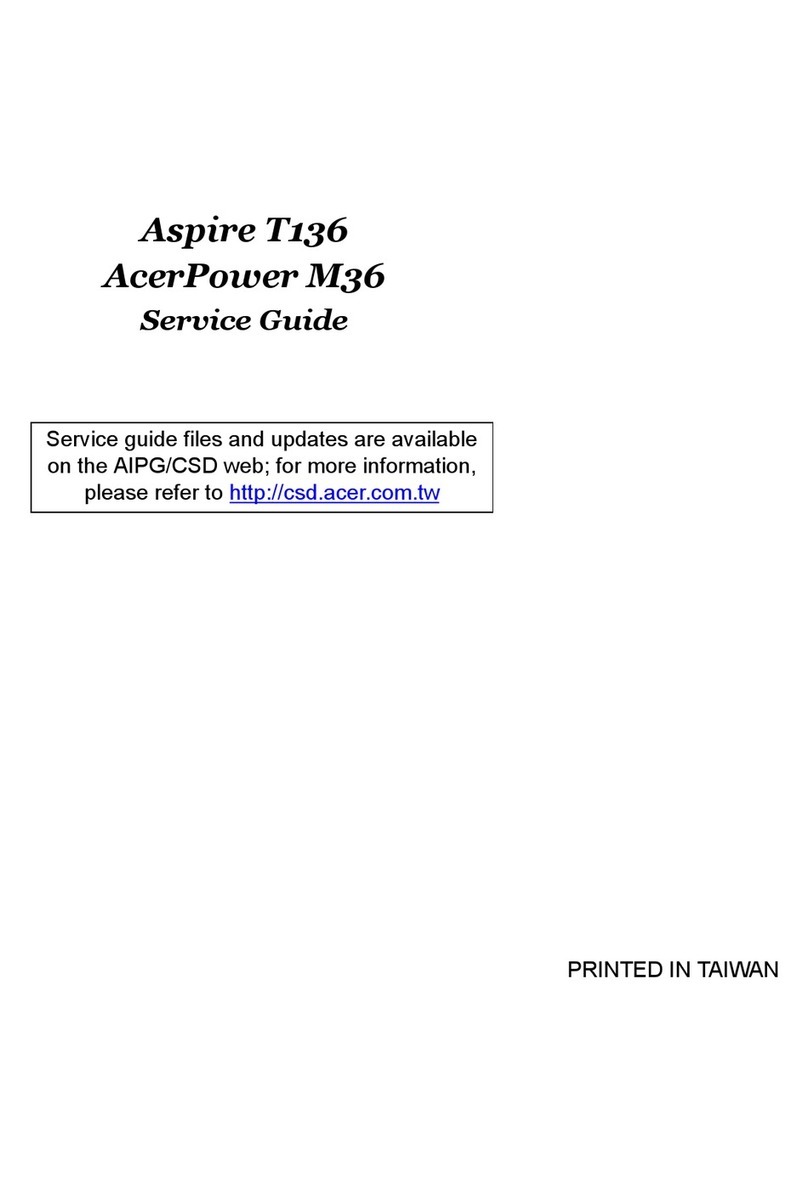
Acer
Acer Aspire T136 User manual

Acer
Acer Veriton 9100 User manual

Acer
Acer Veriton 7500GE Series User manual
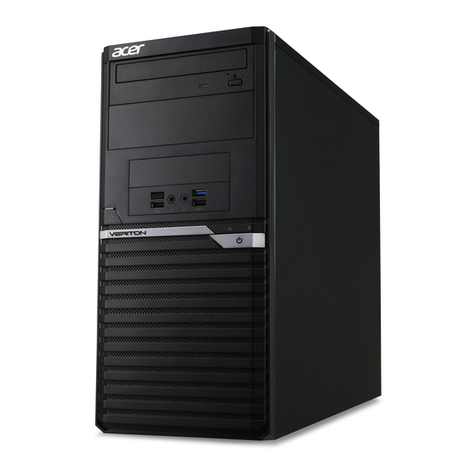
Acer
Acer Veriton X6660G User manual
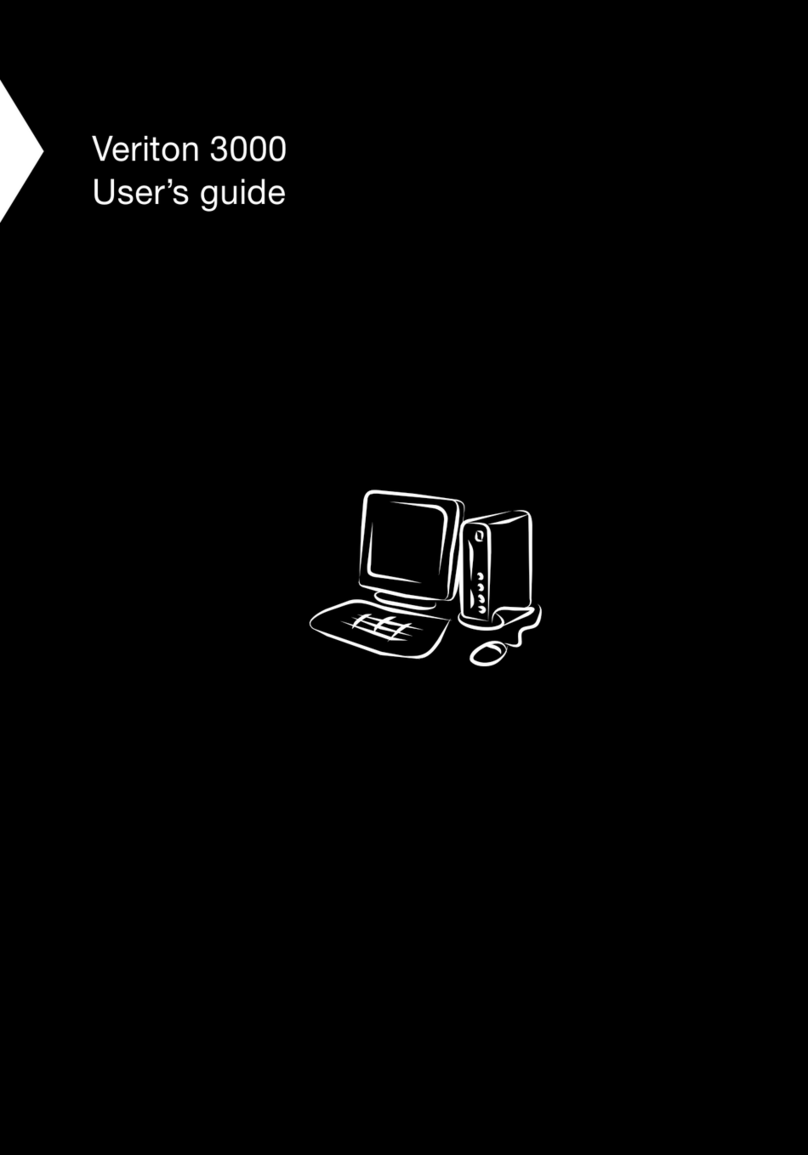
Acer
Acer Veriton 3000 User manual
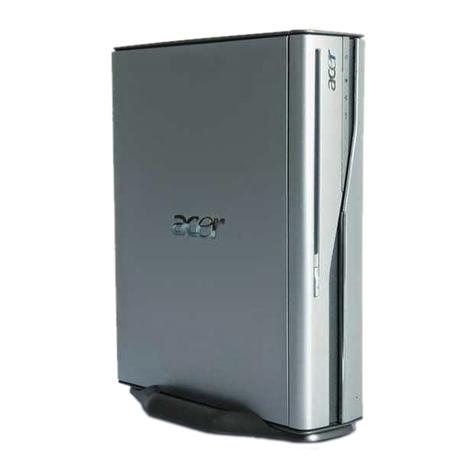
Acer
Acer Aspire L350 User manual
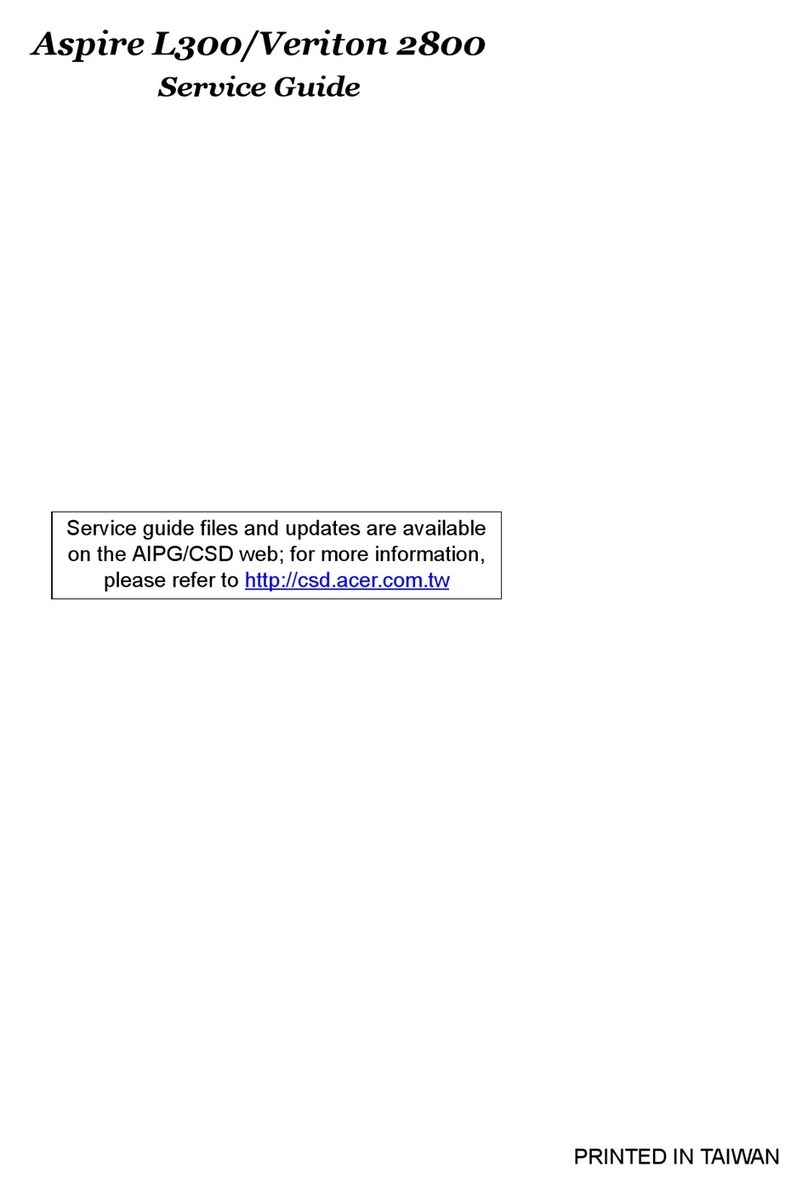
Acer
Acer Veriton 2800 User manual
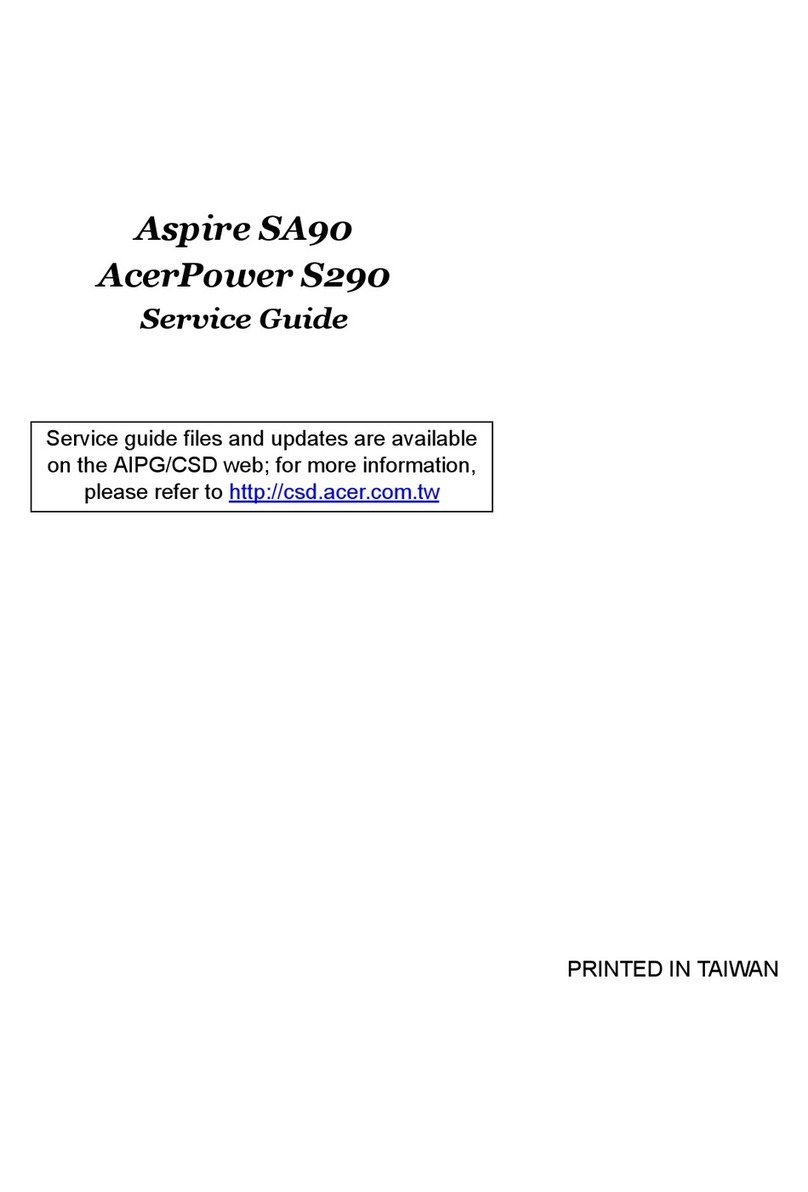
Acer
Acer Aspire SA90 User manual
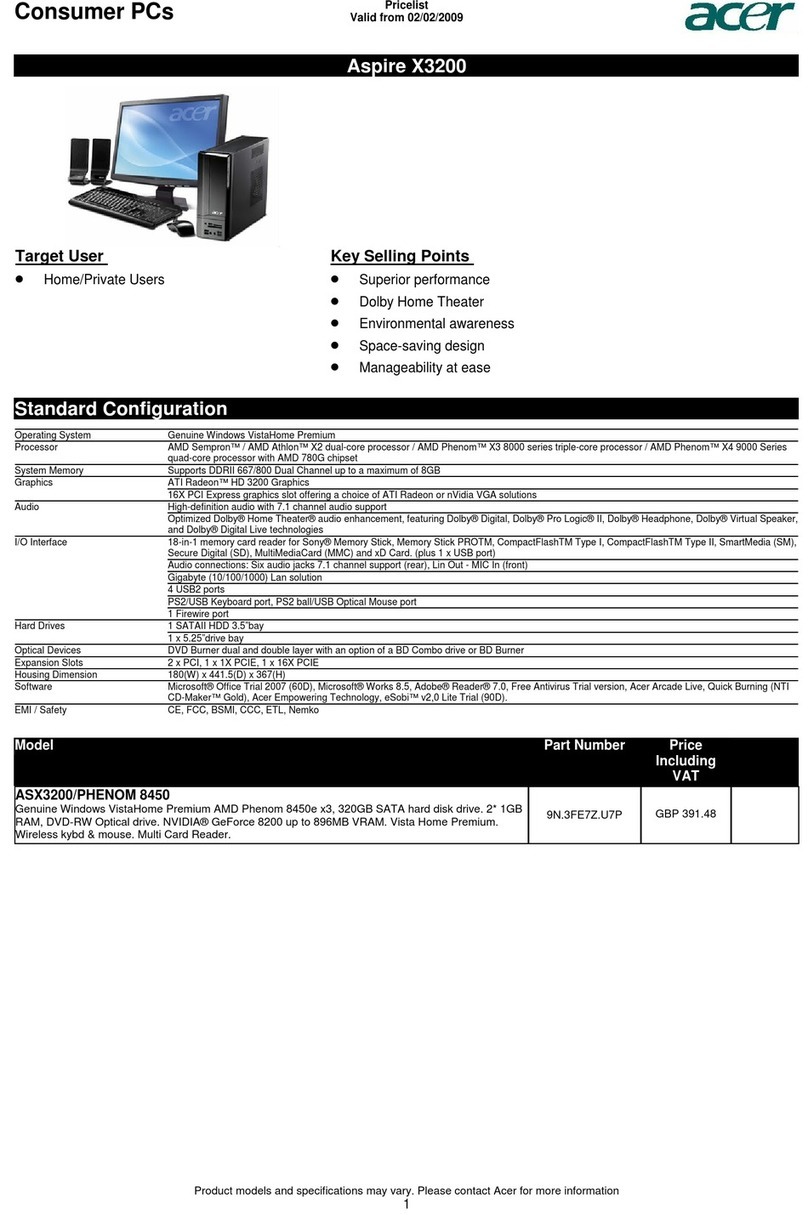
Acer
Acer Aspire T671 User manual
